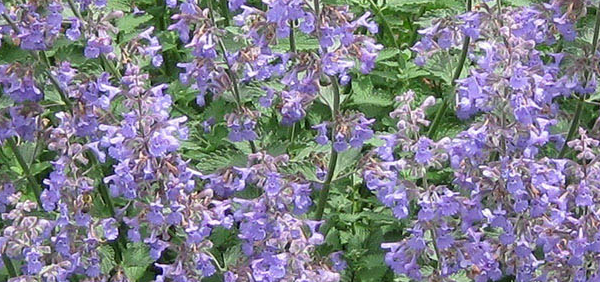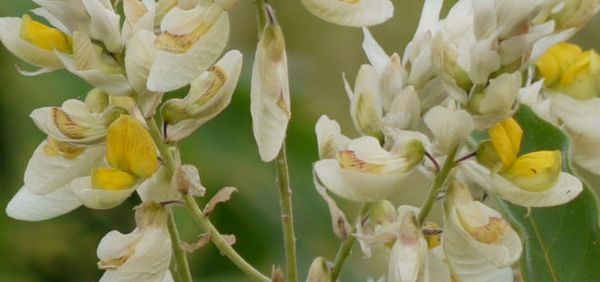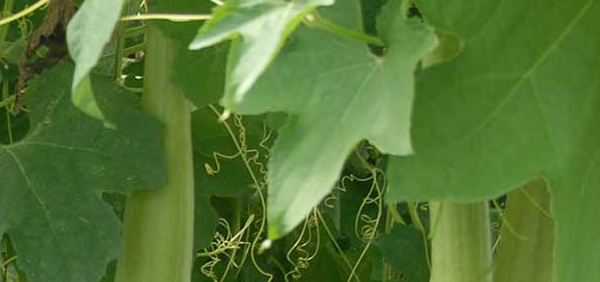akhuparni :
 Akhuparni is a small plant found all over India in damp, moist regions. Root grows from each nodule of the plant spreading quickly on the ground. The leaves are kidney shaped and resemble the ear of the rat, hence the name Akhuparni. The flowers are small and are seen in the month of September to December. The seeds are smooth, drak brown to black in color.
Akhuparni is a small plant found all over India in damp, moist regions. Root grows from each nodule of the plant spreading quickly on the ground. The leaves are kidney shaped and resemble the ear of the rat, hence the name Akhuparni. The flowers are small and are seen in the month of September to December. The seeds are smooth, drak brown to black in color.HISTORICAL AND MYTHOLOGICAL REVIEW:
Akhuparni is mentioned among several plants mentioned in Oushadhi Sukta in Rigveda which is one of the document on medicinal plants.Taxonomical Classification
Kingdom: Plantae - Plants
Subkingdom: Tracheobionta - Vascular plants
Superdivision: Spermatophyta - Seed plants
Division: Magnoliophyta - Flowering plants
Class: Magnoliopsida - Dicotyledons
Order: Solanales
Family: Convolvulaceae - Morning-glory family
Genus: Ipomoea
Species: Reniformis
VERNACULAR NAMES
Sanskrit: AkhuparniEnglish: Roundleaf Bindweed
Hindi: Musakani, Chuhakanni
Urdu: Chuhakani
Telugu: Ellika Jemudu
Bengali: Indurakani
Marathi: Undirkani
Konkani: Vindurakani
Gujarathi: Undarakani
Tamil: Elikatu Keerayi
Malayalam: Elichhevi
Kannada: Ilikivi Gida
Arabic: Ajanuluphar
French: Sathar
Nepal: Chhatbatiza
Persian: Goromusha
Tulu: Elikibi
Definition
Akhuparni - Leaf resemble the ear of rat.Synonyms
Synonyms in Ayurveda: vriddhadaru, akhuparni, akhukarni, shubhashreni, krushika, dravanti, undirkarnika, citra, sukarni, nyagrudhi, bhumiradashrava, mushikaparnika, vrishakarni, akhu vinna, musakaparni, bastantri, vriddhdaru, mishika kaniAkhuparni
Rasa: Katu Tikta
Guna: Laghu Ruksha Teeskhsna
Veerya: Ushna
Vipaka: Katu
Karma: Kaphahara Vatahara
Akhuparni is used for the treatment of swelling, head ache, facial palsy, intestinal worms, snake poisoning, diabetes and skin diseases.
Cultivation:
- From harbaceous stem cuttings.STANDARDIZATION:
No Specific dataPhytochemistry:
- CaffeicPHARMACOLOGY:
1. Yonivyapata : Inserting the root of Akhuparni into vaginal tract will be useful in all vaginal infections.Parts used for medicinal purpose
Flower, Fruit, Leaves, Root tuber, Stem, ,Dosage:
Antidote:
NilPurification:
Bhavana done for akhuparni Swarasa along with other Swarasas.Adultrants:
Centella asiaticaControversy:
No associated controversy recordedCommercial value:
Commercial use as ingredient for ayurvedic medicineMorphology:
Geographical distribution:
It is seen in Asian tropical regions India, Nepal, Srilanka etc. Its also seen in Africa, Myanmar, Thailand, Indonesia & Australia.ECOLOGICAL ASPECT:
Commonly found among garden plantsPlant conservation:
Not in threatened speciesGeneral Use:
1. Treat FeverTherapeutic Uses:
1. Yonivyapata : Inserting the root of Akhuparni into vaginal tract will be useful in all vaginal infections.Systemic Use:
1. Mutramaya - For urinary tract disorders.Administration:
1. Oral - For krimi, agnimandhya etcResearch:
Antioxidant properties of Hexane (IA),ethyl acetate (IB), Methanol (IC) and (25%) aqueous methanol (ID) extracts were studied by DPPH(1,1-Diphenyl-2-Picrylhydrozyl) radical scavenging activity method. Methanol extract exhibited construction of the coronary vessels in rabbit heart.It also had spasmolytic action on Guinea pig ileum, & hypotensive effect on influenced by atrophine sulphate in cats.Precautions:
NilToxicity studies:
No adverse effects after use of AkhuparniCONCLUSION:
By knowing all the guna karma of Akhuparni we can come to conclusion that it is a good medicine for krimi. It is also a good Rasayana drug.It held an important place among valuable drugs of Ayurveda due to its action on the body in curing various diseases.Ayurvedic Formulations:
Common Ayurvedic Formulations of akhuparni with their IndicationsBahushala Guda
KEY WORDS: Akhuparni
- » Classification and names of akhuparni
- » Synonyms and definitions of akhuparni
- » Drug Properties of akhuparni
- » Chemical Constituents of akhuparni
- » Standardization of akhuparni
- » Parts used and Dosage of akhuparni
- » Morphology and Histology of akhuparni
- » Distribution and Conservation of akhuparni
- » Cultivation of akhuparni
- » akhuparni in the market
- » Medicinal Uses of akhuparni
- » Researches and clinical trails of akhuparni
- » akhuparni in other sytems of medicine
- » Ayurvedic formulations with akhuparni
- » Images of akhuparni












